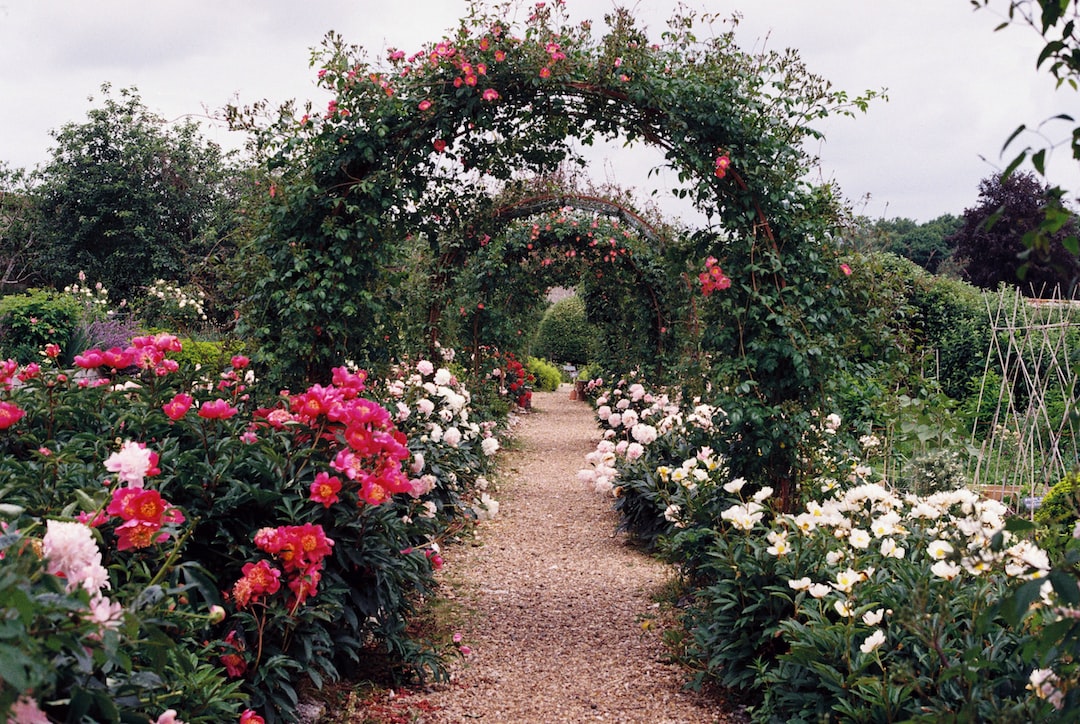Are you interested in growing your own herbs but unsure of where to start? Starting an herb garden in your backyard is a great way to have fresh, flavorful herbs at your fingertips whenever you need them. Plus, it’s a fun and rewarding hobby that can save you money in the long run. In this blog post, we will guide you through the steps of starting an herb garden in your backyard.
1. Choose the right spot: The first step in starting your herb garden is to choose the right location. Most herbs thrive in full sun, so find a spot in your backyard that receives at least 6-8 hours of sunlight per day. Also, ensure that the area has well-drained soil.
2. Decide on the herbs: Next, decide which herbs you want to grow. Consider your culinary preferences and the herbs you use most often in your cooking. Some popular herbs for beginner gardeners include basil, thyme, rosemary, mint, and parsley. Start with a few varieties that you frequently use and add more as you gain experience.
3. Prepare the soil: Once you’ve chosen the spot and herbs, prepare the soil for planting. Remove any weeds or grass from the area and loosen the soil with a garden fork or tiller. If your soil is heavy or poor in quality, consider adding compost or organic matter to improve its fertility.
4. Plant the herbs: Now it’s time to plant your herbs. Follow the instructions on the seed packets or the guidelines provided with the young plants. As a general rule, space your herbs 12 to 18 inches apart to allow them to grow and spread. Be sure to water them well after planting.
5. Water and mulch: Water your herbs regularly, especially during hot and dry periods. Herbs like well-drained soil but need consistent moisture to thrive. Mulching around the plants with straw or bark chips can help retain moisture and suppress weed growth.
6. Harvesting and using herbs: As your herbs grow, you can start harvesting them for culinary use. Harvesting actually promotes further growth, so don’t be afraid to trim your plants. However, make sure not to over-harvest and allow them to recover between cuts. Look up specific harvesting guidelines for each herb to ensure you’re doing it correctly.
7. Maintenance and care: To keep your herb garden healthy, prune regularly to remove dead or diseased leaves. Also, consider applying organic fertilizers to provide essential nutrients to your plants. Regularly check for pests like aphids or snails and take appropriate measures to control them.
Starting an herb garden in your backyard is a wonderful way to enhance your cooking while enjoying nature. With these simple steps, you’ll be well on your way to growing your own fresh and flavorful herbs. Just remember to be patient and enjoy the journey, as gardening is a relaxing and fulfilling hobby.
